Creating Looks With The Exposure Triangle (Camera Lesson 27)
Summary: Ryan explains the exposure triangle and how to use it to create different film looks, as well as reveals its limitations.
Length: 6:17 minutes
!! Want to see the whole video? Become a member !!
- If you are already a member, you can log in below.
Introduction
Now that you know the tools that will help you determine proper exposure, it is time to learn how to properly expose you image. In this video I begin that process by taking a look at the exposure triangle.
Exposure Triangle
So I have a question for you: between the following two exposures which one is correct? A 180 degree shutter with an ISO of 200 at a T5.6, or a 45 degree shutter at ISO 400 at a T2.8? Well that is a trick question. They are both at the same exposure level. So either one could be right or wrong, or they both could be right or wrong. That is determined by what kind of look you are after. Even though they are at the same level, they produce very different looks.
So the first question you have to ask yourself as you go out to create your image, is what do I want my footage to look like? Or an even better way to ask it is to ask what kind of image will serve the story I am trying to tell the best?
Do you want a lot of motion blur in your image or a little? If you use a longer shutter you will get more motion blur. If you use a shorter shutter you will get less motion blur.
Do you want a deep depth of field or do you want a shallow depth of field? The more you open the aperture the shallower your depth of field gets. And the more you close your aperture the deeper it gets.
As you answer these questions not only are you determining the look of the final image, but you are beginning to use what is referred to as the exposure triangle. Each choice you make when it comes to shutter, ISO, and aperture has a direct impact on the other settings and needs to be take into account. Your goal when using the exposure triangle is to create a balanced exposure that creates the look that you are after. So let’s take a look at a specific example: …
** Want to read the rest of the transcript? Become a member. **
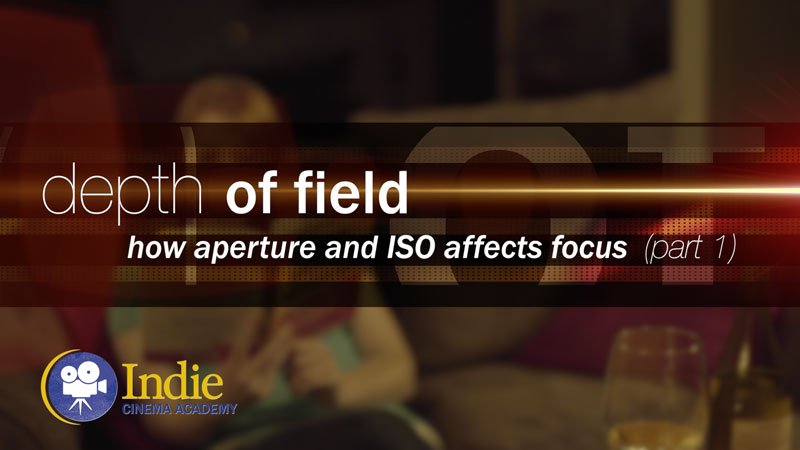 https://indiecinemaacademy.com/wp-content/uploads/2016/10/ICA_DoF01_How_Aperture_and_ISO_Affects_Focus-Thumbnail-web.jpg
450
800
Tim
https://indiecinemaacademy.com/wp-content/uploads/2013/12/Indie_cinema_Logo_2color-MF-300x116-web.png
Tim2016-10-10 00:15:202017-01-08 20:23:28Depth of Field, Part 1: How Aperture and ISO Affect Focus
https://indiecinemaacademy.com/wp-content/uploads/2016/10/ICA_DoF01_How_Aperture_and_ISO_Affects_Focus-Thumbnail-web.jpg
450
800
Tim
https://indiecinemaacademy.com/wp-content/uploads/2013/12/Indie_cinema_Logo_2color-MF-300x116-web.png
Tim2016-10-10 00:15:202017-01-08 20:23:28Depth of Field, Part 1: How Aperture and ISO Affect Focus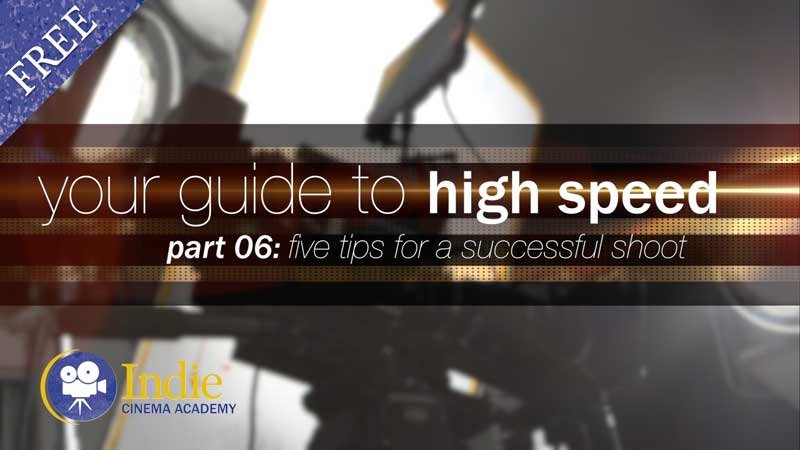 https://indiecinemaacademy.com/wp-content/uploads/2015/12/CS006-HighSpeed-Part06-FREE-Thumbnail-Web.jpg
450
800
Ryan E. Walters
https://indiecinemaacademy.com/wp-content/uploads/2013/12/Indie_cinema_Logo_2color-MF-300x116-web.png
Ryan E. Walters2015-12-14 00:15:052015-12-29 13:20:06Your Guide To High Speed, Part 6: Five Tips For A Successful Shoot
https://indiecinemaacademy.com/wp-content/uploads/2015/12/CS006-HighSpeed-Part06-FREE-Thumbnail-Web.jpg
450
800
Ryan E. Walters
https://indiecinemaacademy.com/wp-content/uploads/2013/12/Indie_cinema_Logo_2color-MF-300x116-web.png
Ryan E. Walters2015-12-14 00:15:052015-12-29 13:20:06Your Guide To High Speed, Part 6: Five Tips For A Successful Shoot https://indiecinemaacademy.com/wp-content/uploads/2015/12/CS005-HighSpeed-Part05-FREE-Thumbnail-Web.jpg
450
800
Ryan E. Walters
https://indiecinemaacademy.com/wp-content/uploads/2013/12/Indie_cinema_Logo_2color-MF-300x116-web.png
Ryan E. Walters2015-11-30 09:00:282015-12-29 15:41:16Your Guide To High Speed, Part 5: Lighting Six High Speed Sets
https://indiecinemaacademy.com/wp-content/uploads/2015/12/CS005-HighSpeed-Part05-FREE-Thumbnail-Web.jpg
450
800
Ryan E. Walters
https://indiecinemaacademy.com/wp-content/uploads/2013/12/Indie_cinema_Logo_2color-MF-300x116-web.png
Ryan E. Walters2015-11-30 09:00:282015-12-29 15:41:16Your Guide To High Speed, Part 5: Lighting Six High Speed Sets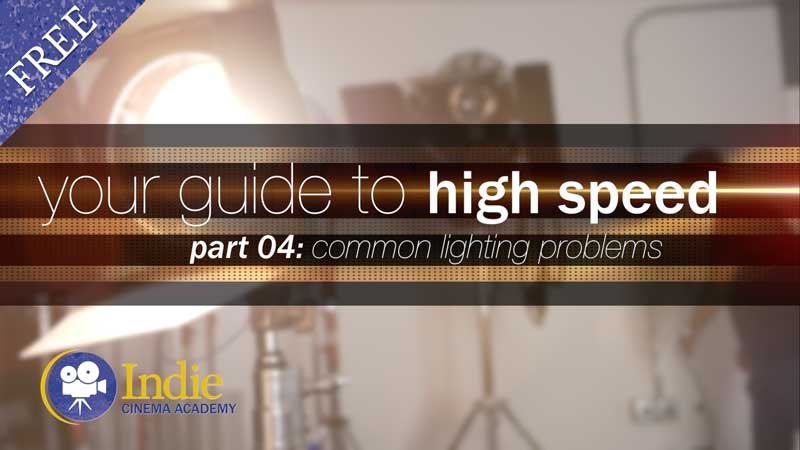 https://indiecinemaacademy.com/wp-content/uploads/2015/12/CS004-HighSpeed-Part04-FREE-Thumbnail-Web.jpg
450
800
Ryan E. Walters
https://indiecinemaacademy.com/wp-content/uploads/2013/12/Indie_cinema_Logo_2color-MF-300x116-web.png
Ryan E. Walters2015-11-16 00:15:182015-12-29 13:17:26Your Guide To High Speed, Part 4: Common Lighting Problems
https://indiecinemaacademy.com/wp-content/uploads/2015/12/CS004-HighSpeed-Part04-FREE-Thumbnail-Web.jpg
450
800
Ryan E. Walters
https://indiecinemaacademy.com/wp-content/uploads/2013/12/Indie_cinema_Logo_2color-MF-300x116-web.png
Ryan E. Walters2015-11-16 00:15:182015-12-29 13:17:26Your Guide To High Speed, Part 4: Common Lighting Problems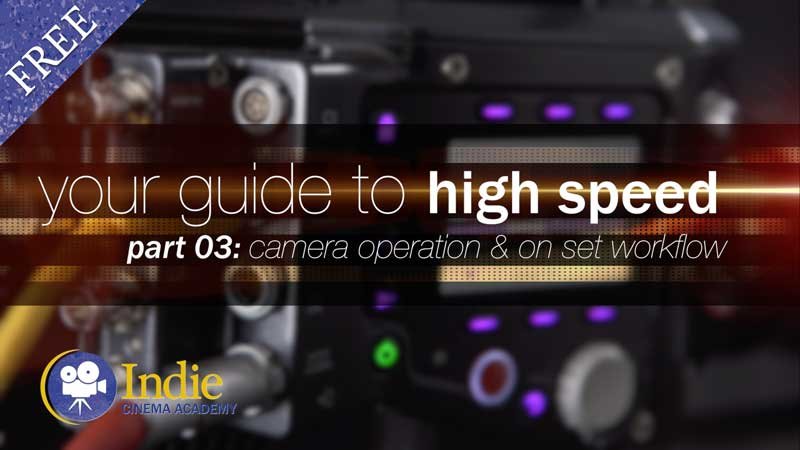 https://indiecinemaacademy.com/wp-content/uploads/2015/12/CS003-HighSpeed-Part03-FREE-Thumbnail-Web.jpg
450
800
Ryan E. Walters
https://indiecinemaacademy.com/wp-content/uploads/2013/12/Indie_cinema_Logo_2color-MF-300x116-web.png
Ryan E. Walters2015-11-02 00:15:272015-12-29 13:15:49Your Guide To High Speed, Part 3: Camera Operation & Workflow
https://indiecinemaacademy.com/wp-content/uploads/2015/12/CS003-HighSpeed-Part03-FREE-Thumbnail-Web.jpg
450
800
Ryan E. Walters
https://indiecinemaacademy.com/wp-content/uploads/2013/12/Indie_cinema_Logo_2color-MF-300x116-web.png
Ryan E. Walters2015-11-02 00:15:272015-12-29 13:15:49Your Guide To High Speed, Part 3: Camera Operation & Workflow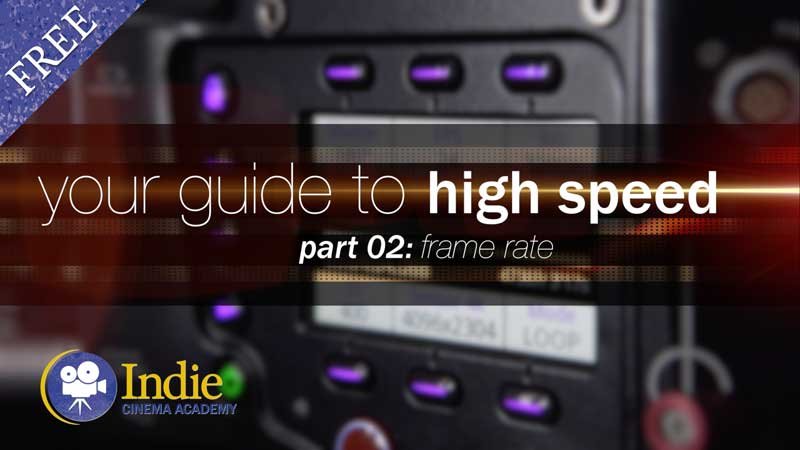 https://indiecinemaacademy.com/wp-content/uploads/2015/12/CS002-HighSpeed-Part02-FREE-Thumbnail-Web.jpg
450
800
Ryan E. Walters
https://indiecinemaacademy.com/wp-content/uploads/2013/12/Indie_cinema_Logo_2color-MF-300x116-web.png
Ryan E. Walters2015-10-19 12:25:282015-12-29 15:21:30Your Guide To High Speed, Part 2: Frame Rate
https://indiecinemaacademy.com/wp-content/uploads/2015/12/CS002-HighSpeed-Part02-FREE-Thumbnail-Web.jpg
450
800
Ryan E. Walters
https://indiecinemaacademy.com/wp-content/uploads/2013/12/Indie_cinema_Logo_2color-MF-300x116-web.png
Ryan E. Walters2015-10-19 12:25:282015-12-29 15:21:30Your Guide To High Speed, Part 2: Frame Rate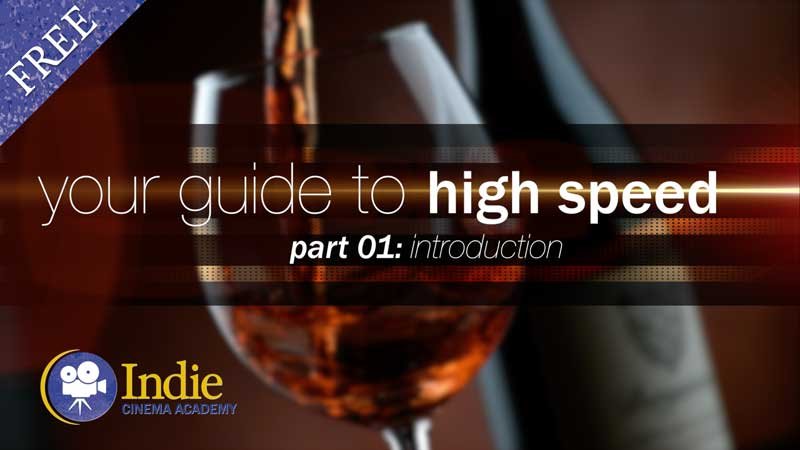 https://indiecinemaacademy.com/wp-content/uploads/2015/12/CS001-HighSpeed-Part01-FREE-Thumbnail-Web.jpg
450
800
Ryan E. Walters
https://indiecinemaacademy.com/wp-content/uploads/2013/12/Indie_cinema_Logo_2color-MF-300x116-web.png
Ryan E. Walters2015-10-05 00:15:592015-12-29 13:20:38Your Guide To High Speed, Part 1: Introduction
https://indiecinemaacademy.com/wp-content/uploads/2015/12/CS001-HighSpeed-Part01-FREE-Thumbnail-Web.jpg
450
800
Ryan E. Walters
https://indiecinemaacademy.com/wp-content/uploads/2013/12/Indie_cinema_Logo_2color-MF-300x116-web.png
Ryan E. Walters2015-10-05 00:15:592015-12-29 13:20:38Your Guide To High Speed, Part 1: Introduction https://indiecinemaacademy.com/wp-content/uploads/2015/09/LC115_12Questions-Thumbnail-Free-Web.jpg
450
800
Ryan E. Walters
https://indiecinemaacademy.com/wp-content/uploads/2013/12/Indie_cinema_Logo_2color-MF-300x116-web.png
Ryan E. Walters2015-09-07 00:30:532015-10-30 19:06:3612 Crucial Questions To Ask Before You Light Your Set (Cinematic Lighting Lesson 15)
https://indiecinemaacademy.com/wp-content/uploads/2015/09/LC115_12Questions-Thumbnail-Free-Web.jpg
450
800
Ryan E. Walters
https://indiecinemaacademy.com/wp-content/uploads/2013/12/Indie_cinema_Logo_2color-MF-300x116-web.png
Ryan E. Walters2015-09-07 00:30:532015-10-30 19:06:3612 Crucial Questions To Ask Before You Light Your Set (Cinematic Lighting Lesson 15)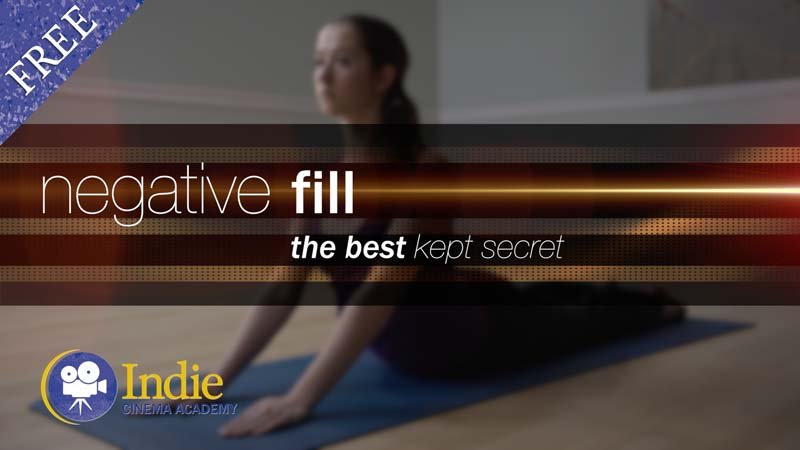 https://indiecinemaacademy.com/wp-content/uploads/2015/03/LC108-NegativeFill-Thumbnail-Web.jpg
450
800
Ryan E. Walters
https://indiecinemaacademy.com/wp-content/uploads/2013/12/Indie_cinema_Logo_2color-MF-300x116-web.png
Ryan E. Walters2015-03-23 00:30:392015-10-30 18:34:25Negative Fill: The Best Kept Secret (Cinematic Lighting Lesson 08)
https://indiecinemaacademy.com/wp-content/uploads/2015/03/LC108-NegativeFill-Thumbnail-Web.jpg
450
800
Ryan E. Walters
https://indiecinemaacademy.com/wp-content/uploads/2013/12/Indie_cinema_Logo_2color-MF-300x116-web.png
Ryan E. Walters2015-03-23 00:30:392015-10-30 18:34:25Negative Fill: The Best Kept Secret (Cinematic Lighting Lesson 08)Leave a Reply
Want to join the discussion?Feel free to contribute!
Leave a Reply Cancel reply
You must be logged in to post a comment.
This site uses Akismet to reduce spam. Learn how your comment data is processed.
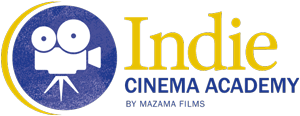
Hi Ryan
Excellent course thus far thanks for putting together such professional work.
Enjoying every lesson ☺
Regarding Canon 5DMKII and 7D cameras native ISOs and the multiples, if I take 160 and multiply starting from (1) I get the following: (1) 160 (2) 320 (3) 480 (4) 640 (5) 800 (6) 960 (7) 1120 (8) 1280 (9) 1440 (10) 1600 (recommended top ISO for most 5dmkii is 1600, 800 ISO for 7d and 60d according to Alex Buono, though testing required). Obviously however not all these ISO numbers are clean “native” ISO numbers to the Canon cameras I’ve mentioned.
(Q) If you take the “clean speed” ISO numbers that everyone runs with you have: 160, 320, 640, 800 and 1600 these are all divisible/multiples of 160 however the others are not mentioned. Is it the case that they chose to make only the ones above native for reasons of there own or am I missing the math somewhere?
(Q) If using Canon 5dmkii and 7d should I shoot at one single native ISO during 1 scene and add or subtract light (ND, flags, diffusion reflectors, light kit etc etc) as necessary to get correct exposures? Does this hold true on all shoots or more specifically large crew dramas for tv and film?
From what your saying even if I were shooting on more than one native ISO setting which are clean when cut in the edit next to one another the higher native ISO’s will still have a different noise pattern/amount of noise and stick out comparatively.
(Q) You mentioned when shooting all your shots for a scene try and maintain an aperture range of a stop or 2 at most if making an aperture change otherwise the continual changes in depth of field will be jarring to the viewer and the edit will not flow smoothly? Does this hold true on all shoots or more specifically large crew dramas for tv and film? The concept of having varying dof on different shots within a scene would seem necessary to me in order to tell effective stories?
Cheers
Dave
Question 1:
The ISO scale starts at 100, 125, & 160. (Well, technically, it starts at ISO 6- with Kodachrome film, but I can’t think of a digital camera that goes below 100…) Those are the numbers that you double to get the next one in the scale. (As I cover in Lesson 01: Key Terms) The scale is a doubling, not a multiple. So it is 160 x2 (320), 160 x2 x2 (640), then 160 x2 x2 x2 (1280). Those other numbers (480, 960, etc.) Don’t exist in the scale. Their closed counter parts are multiples of 100 or 125 – For example instead of 480, it’s 500 (125 x2 x2) and instead of 960 it’s 1,000 (125 x2 x2 x2)
From what I understand from the engineers I’ve talked to over the years, the reason why the multiples of the base ISO are the cleaner ones is because of how the circuity is designed. So if the base ISO is 160, then it is easier for the circuity to add a gain of 2x to get to 320, then it is for the circuitry to add a gain of 2x – 1/3 to get to 250, or a gain of 2x + 1/3 to get to 400. That math is less “precise” when reading out the image data, which results in a little more noise then a straight 2x gain.
Question 2
Yes, it is standard practice to shoot at one ISO for a given scene. Changing ISO’s gives different noise patterns which makes it tougher to grade and match in the edit. (It can be done some what) But if you want to make your images match perfectly, and have less headaches in post production, then the smart move is to keep at the same ISO for that scene and then adjust filters & lighting. And that’s true regardless of what kind of production you are working on.
Correct- even if you are shooting at the “native” ISO’s different ones have different noise patterns. If you are at ISO 320, you might be able to get away with going to ISO 640, or 160 (Depending on the camera and the noise pattern), but if you jump to ISO 1280 or 2500, the difference will be easy to spot- especially when the footage is graded.
Question 3
I think I could have been a little more clear there, sorry about that. 🙂 Yes, controlling depth of field is an important story telling tool. And you can “cheat” the aperture to help you out for stylistic (a look) or technical (need light, or help with focus) reasons. But just be aware that changing the aperture on your lens also changes how the lens responds & looks. If that difference is substantial, it may change the look of those shots making them not intercut as well. (It might still work- you just have to test and see.)
For example, when a lens is wide open, many times it isn’t as sharp, and it is less contrasty. Which results in a softer look and feel. Then as you stop it down by about 2 stops, it becomes tack sharp and it’s at its’ full contrast level, which gives a much sharper, and crisper looking image. Those two different looks may intercut just fine, or they might not. It all depends on the lens, and the scene content. But if in doubt, stick to one aperture and you know it will work just fine.
Personally, I stick to one aperture for a scene, and there have been times where I stick to one aperture for an entire production. And that is how I work regardless of whether it is on a small production or a large production.
Thanks Ryan 🙂
Hey Ryan, I appreciate what you have built here it is very helpful. I am shooting with a GH4 and it is technically a mirrorless micro four thirds camera, do all of the principles for the DSLR ISO scale apply at the same start point of 160?
Thanks- I’m glad it is helpful. 🙂
Yep the principles still apply- it doesn’t matter what kind of camera it is. We do our best to make our training applicable to every camera currently on the market, or that comes out in the future. 🙂
Thanks!
What is the difference between a scene and a sequence?
They are very similar. If someone wanted to argue they were different, I’d say that a scene is something happening in one location, while a sequence might involve intercutting scenes from multiple locations. As a result, the sequence would include scenes that don’t all have the same tone, exposure, feel.